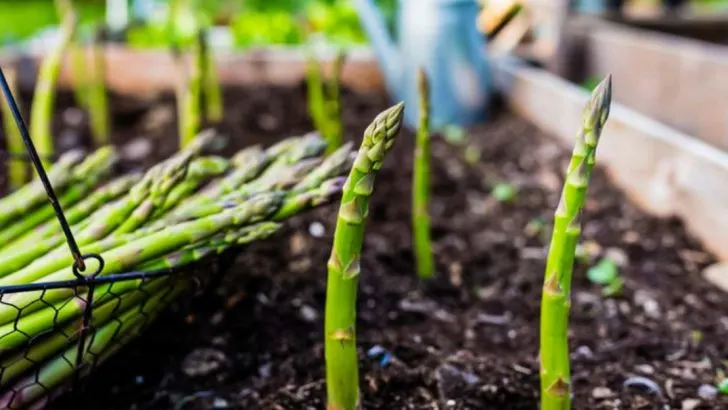Plant them once—eat for years. These aren’t your needy, pampered annuals that demand constant babysitting. These are the survivors. The comeback kids. The plants that quietly return, stronger and more generous with every passing season. No tilling. No replanting. Just fresh, delicious harvests that show up like clockwork, even when you forget about them. Whether you’re after berries, greens, or roots that refuse to quit— these 20 edible perennials are the garden’s version of passive income.
Asparagus
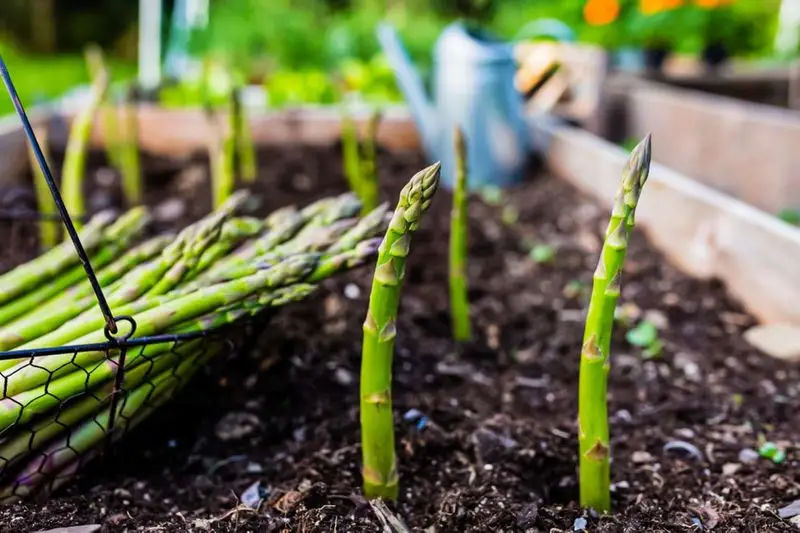
Asparagus, with its elegant spears, is a perennial vegetable that’s both delicious and easy to grow. Emerging in early spring, these green shoots are among the first harvests of the season. They thrive in well-drained soil and can produce for up to 20 years.
Did you know that asparagus was cultivated by ancient Egyptians as early as 3000 BC? Its long history is a testament to its enduring appeal and reliability. Plus, its fern-like foliage adds an ornamental touch to any garden setting.
Rhubarb
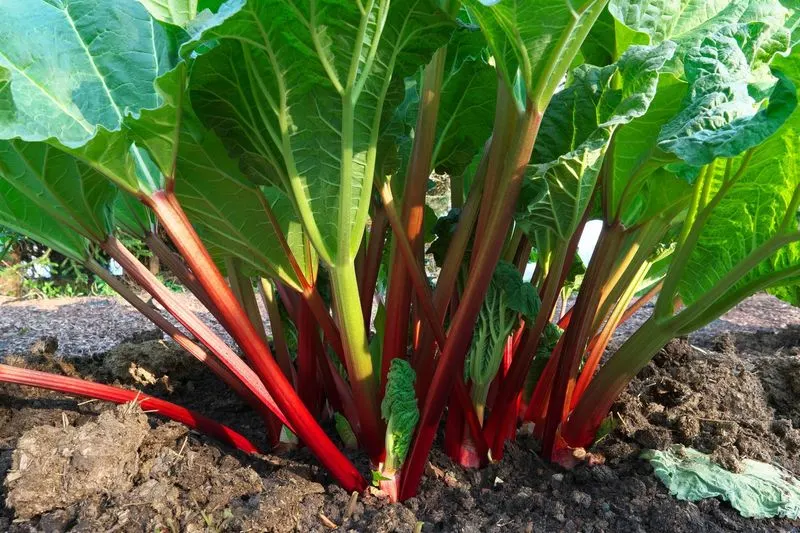
Rhubarb, often paired with strawberries in pies, boasts striking red stalks that are edible and tangy. Although its leaves are toxic, the stalks offer a unique flavor loved by many.
Rhubarb has a fascinating history, originally used for medicinal purposes in ancient China. Today, its tartness is cherished in desserts and jams, making it a versatile kitchen staple.
An easy-to-grow perennial, rhubarb returns yearly, stronger and more bountiful.
Artichoke
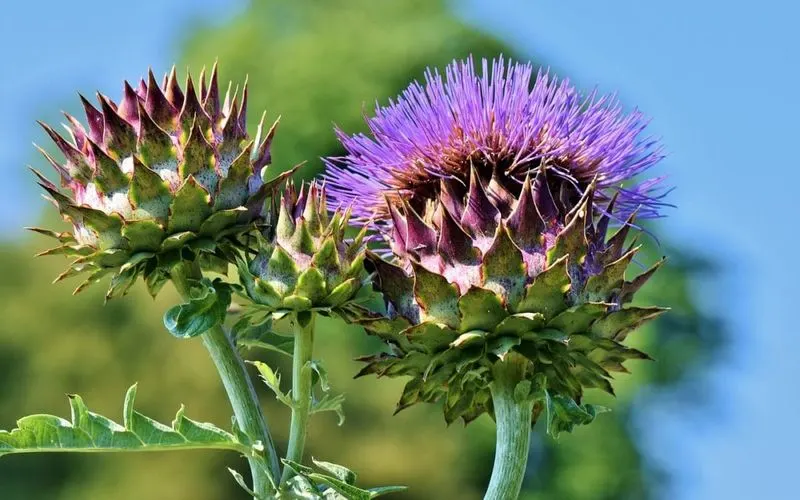
Artichokes are a striking addition to any garden, admired for their architectural beauty and delicious buds. These perennial thistles thrive in warm climates and sandy soil, returning each year with increased vigor.
Did you know that artichokes were considered a prized delicacy in ancient Greece and Rome? Their unique flavor and texture make them a favorite in many cuisines. As a bonus, their silvery foliage adds a touch of elegance to garden landscapes.
Sorrel
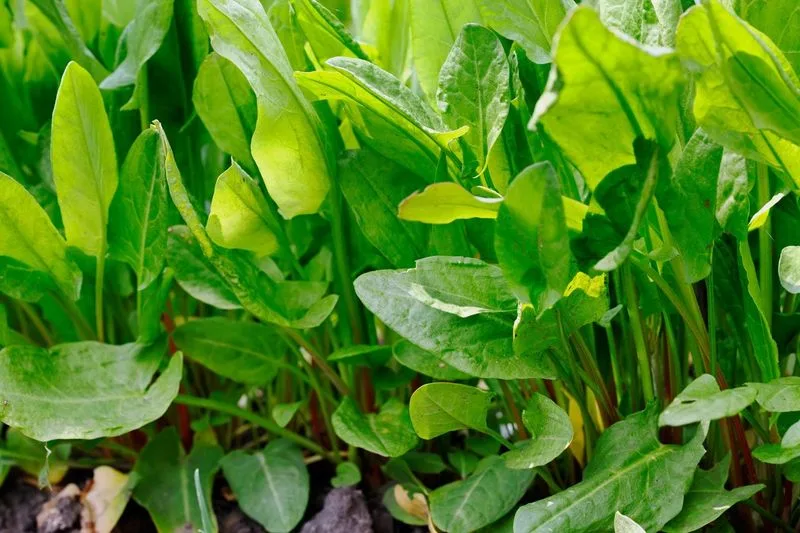
Sorrel, with its lemony flavor, is a perennial herb that brightens up salads and soups. Its tart leaves are rich in vitamin C, making it a nutritious addition to any dish.
Historically, sorrel was a staple in medieval European kitchens, appreciated for both its flavor and health benefits. It thrives in both sun and partial shade, returning each year with fresh, tangy leaves.
Easy to cultivate, sorrel is perfect for gardeners seeking low-maintenance edibles.
Jerusalem Artichoke
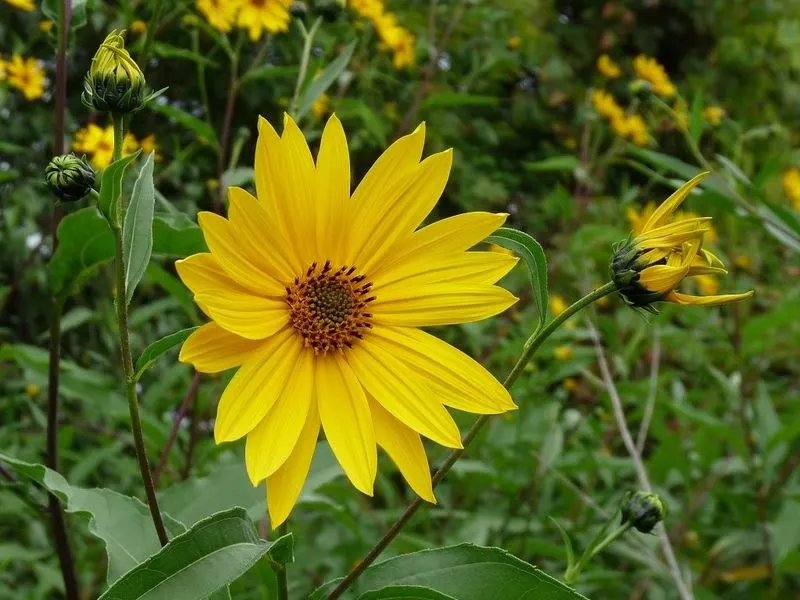
Jerusalem artichokes, also known as sunchokes, are tuberous perennials that offer a delicious, nutty flavor. These sunflower relatives are easy to grow and can spread rapidly, providing bountiful harvests.
Interestingly, despite their name, Jerusalem artichokes have no connection to Jerusalem and are native to North America. Their edible tubers are rich in inulin, beneficial for gut health.
A versatile addition to any garden, they return year after year, offering both beauty and sustenance.
Chives
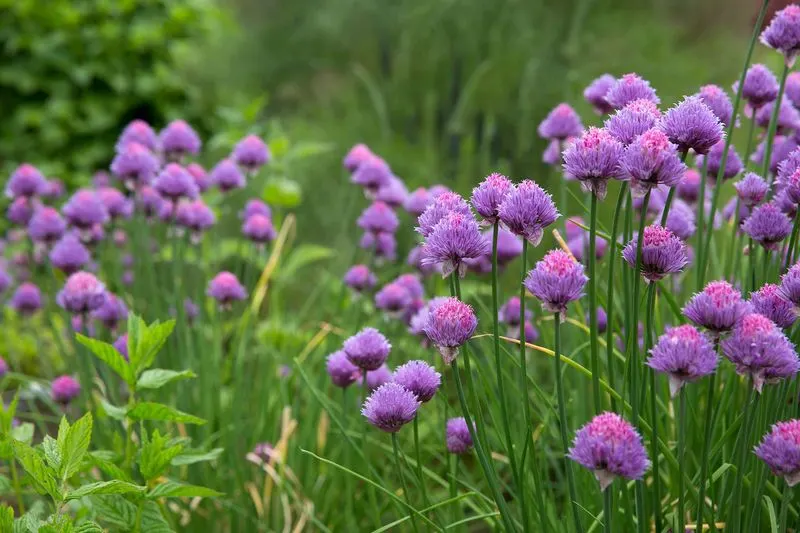
Chives, with their mild onion flavor, are a perennial herb beloved by chefs and gardeners alike. These easy-to-grow plants produce beautiful purple blossoms that attract pollinators.
Chives have been cultivated for over 5000 years, originally prized for their medicinal properties. Today, they are a staple in kitchens worldwide, adding a subtle kick to dishes.
Their ability to thrive in various conditions makes them a reliable choice for perennial gardens, coming back stronger each spring.
Horseradish
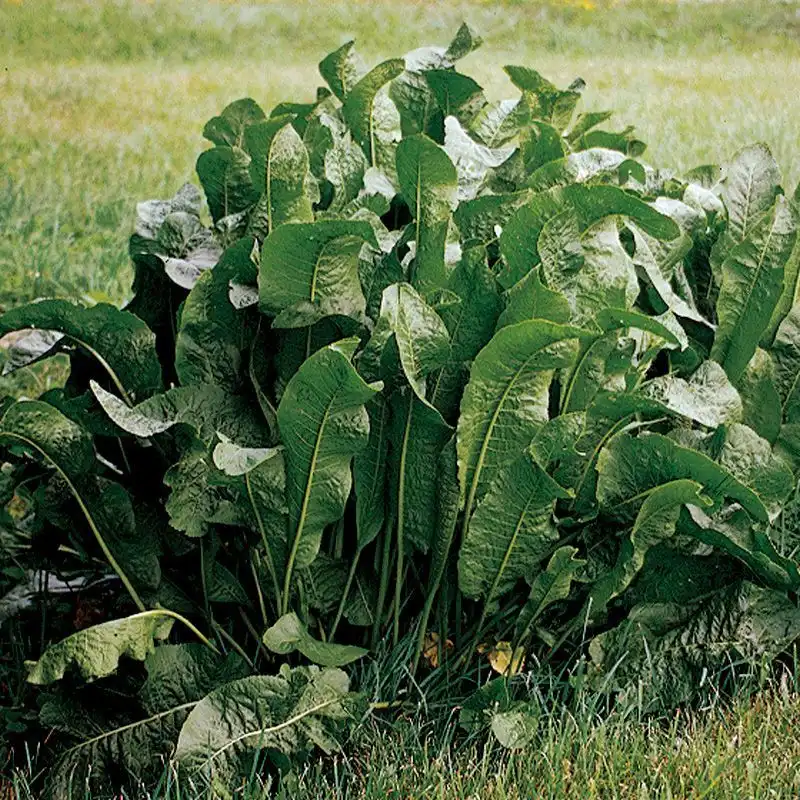
Horseradish, known for its pungent root, is a perennial favorite in spicy condiments. This hardy plant can spread quickly in the garden, returning each year with renewed vigor.
With origins in Eastern Europe, horseradish has been used for centuries both for its flavor and medicinal qualities. Its roots are typically harvested in fall, providing a fiery addition to sauces and dishes.
Gardeners enjoy its low-maintenance nature and the spicy kick it adds to meals.
Lovage
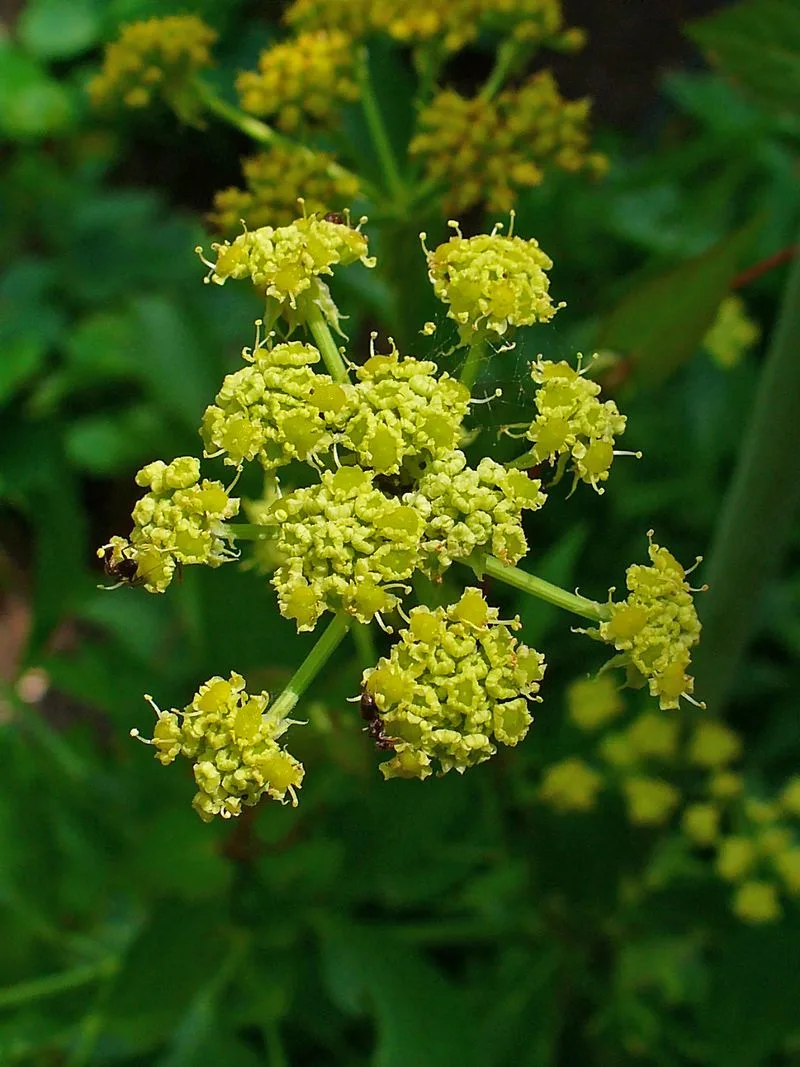
Lovage, with its celery-like flavor, is a perennial herb that enhances soups and stews. This tall plant adds height to garden landscapes and is easy to grow.
Historically, lovage was popular in Roman cooking and was believed to have health benefits. Its robust flavor and aromatic leaves make it a versatile addition to culinary creations.
Returning each year with more vigor, lovage is a must-have for herb enthusiasts and adventurous cooks alike.
Mint
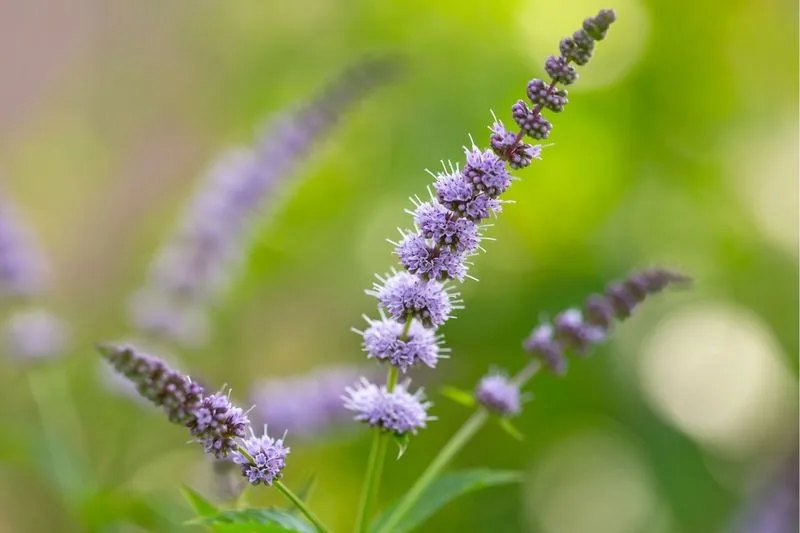
Mint, with its refreshing aroma, is a perennial herb that invigorates teas and desserts. Known for its rapid growth, it quickly fills garden spaces, offering abundant harvests.
Mint has a rich history, dating back to ancient Greece, where it symbolized hospitality. Its cooling taste and fragrant leaves are cherished worldwide, making it a garden staple.
With proper care, mint thrives and returns yearly, offering fresh leaves for culinary and medicinal uses.
Oregano
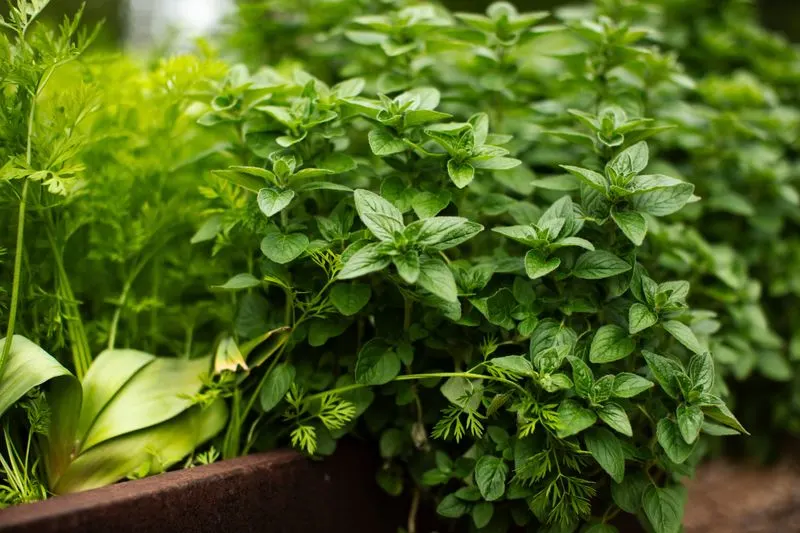
Oregano, with its robust flavor, is a perennial herb essential to Mediterranean cuisine. Its aromatic leaves enhance pizzas, pasta, and more.
Oregano originated in Greece and was revered for its culinary and medicinal properties. Today, it’s a beloved herb worldwide, adding depth to dishes.
This hardy plant flourishes in sunny conditions and well-drained soil, returning each year with aromatic foliage that delights cooks and gardeners alike.
Sage
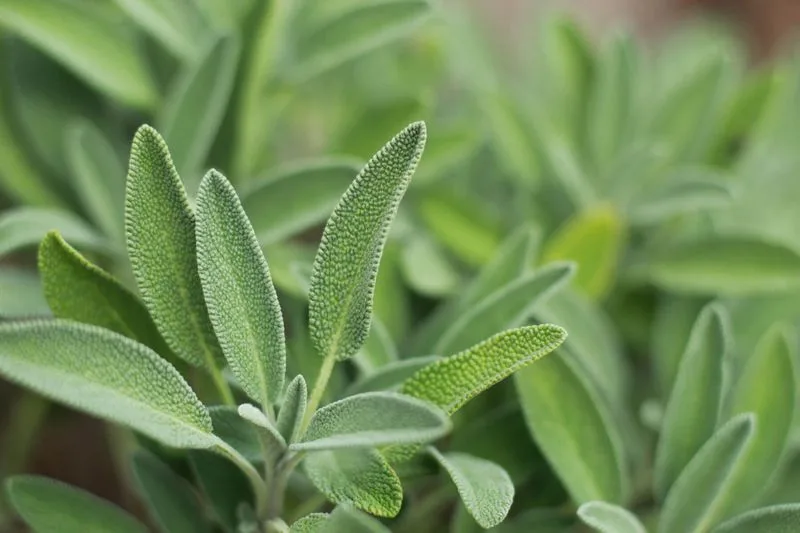
Sage, with its earthy aroma, is a perennial herb that elevates roasts and stuffings. Its velvety leaves are both flavorful and ornamental, adding beauty to garden beds.
Sage has a rich history, once considered a sacred herb by the Romans. Its strong flavor and medicinal qualities make it a kitchen essential.
This resilient plant thrives in sunny spots and poor soils, coming back each year with renewed vigor and aromatic leaves.
Thyme
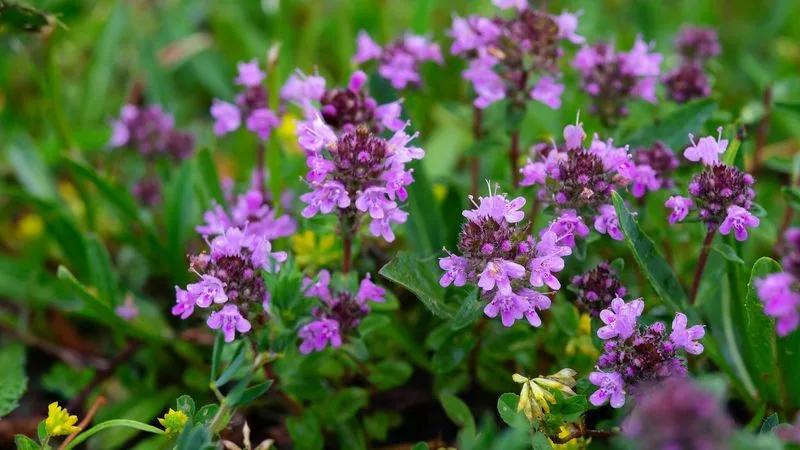
Thyme, with its subtle lemony flavor, is a perennial herb that enhances meats and vegetables. Its small, aromatic leaves are a staple in cuisines worldwide.
Thyme was used by ancient Egyptians in embalming and by Romans to purify rooms. Its culinary and medicinal uses have stood the test of time.
This hardy herb thrives in well-drained soil and full sun, returning each year with fragrant foliage that enriches gardens and dishes alike.
French Sorrel
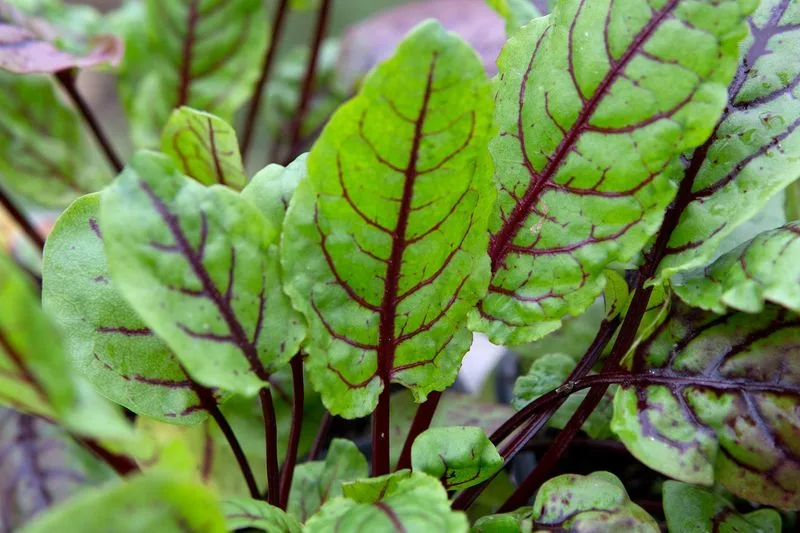
French sorrel, with its tangy, lemon-like flavor, is a perennial herb that livens up salads and sauces. Its broad leaves are both tender and nutritious, rich in vitamin A and C.
French sorrel has been cultivated since medieval times, valued for its culinary versatility. It thrives in sunny or partially shaded areas, coming back stronger each year.
Gardeners appreciate its low-maintenance nature and the zesty kick it brings to dishes.
Fennel
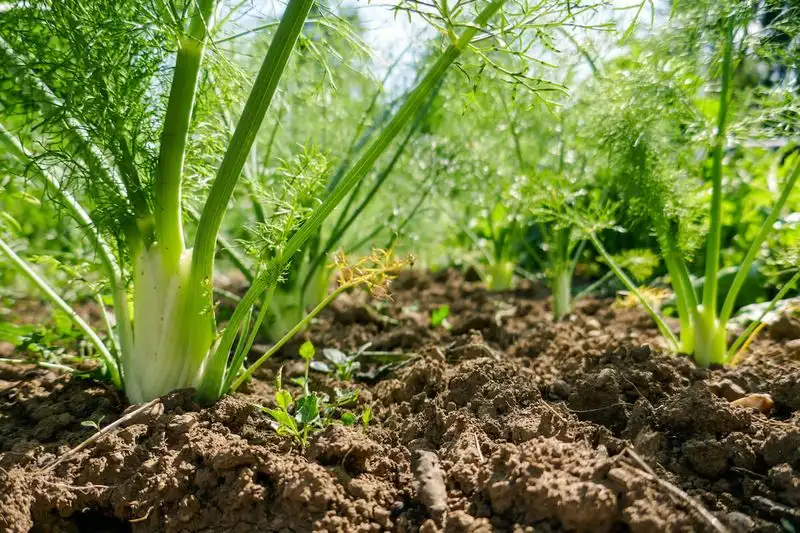
Fennel, known for its anise-like flavor, is a perennial herb that complements fish and salads. Its feathery fronds and bulbous base are both edible, offering culinary versatility.
With roots in the Mediterranean, fennel was prized by ancient Greeks for its flavor and medicinal properties. Today, it’s celebrated for adding depth to dishes.
This robust plant thrives in sunny, well-drained soil, returning each year with more flavorful foliage and bulbs.
Tarragon
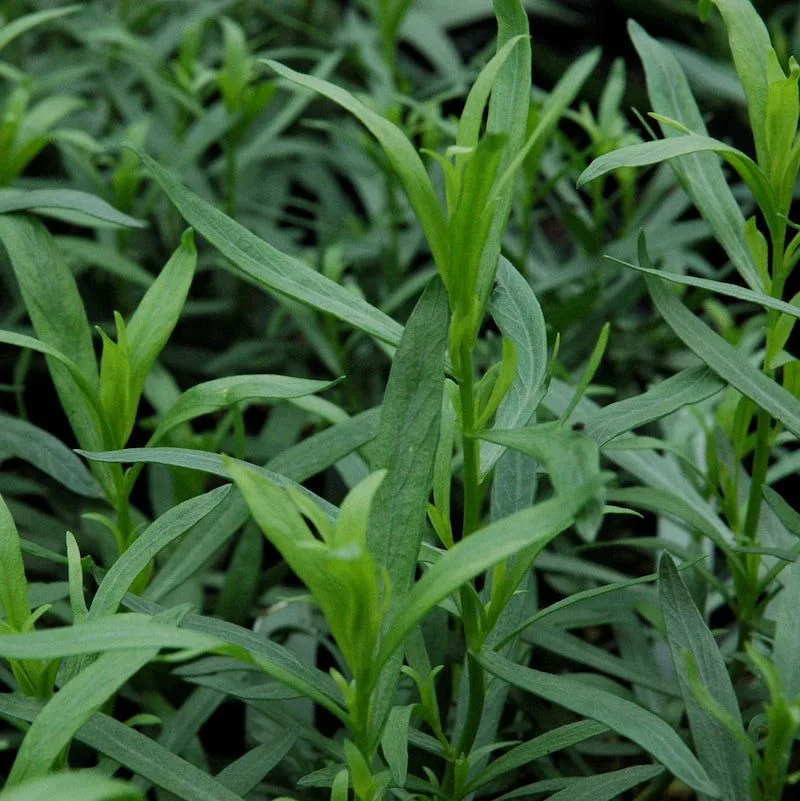
Tarragon, with its anise-like flavor, is a perennial herb that enhances chicken and egg dishes. Known as the “king of herbs” in French cuisine, its slender leaves are a chef’s delight.
Tarragon’s origins trace back to Siberia, and it was popularized in French cooking in the Renaissance. Its unique taste makes it a staple in many recipes.
This hardy herb flourishes in full sun and well-drained soil, returning each year with aromatic leaves.
Comfrey
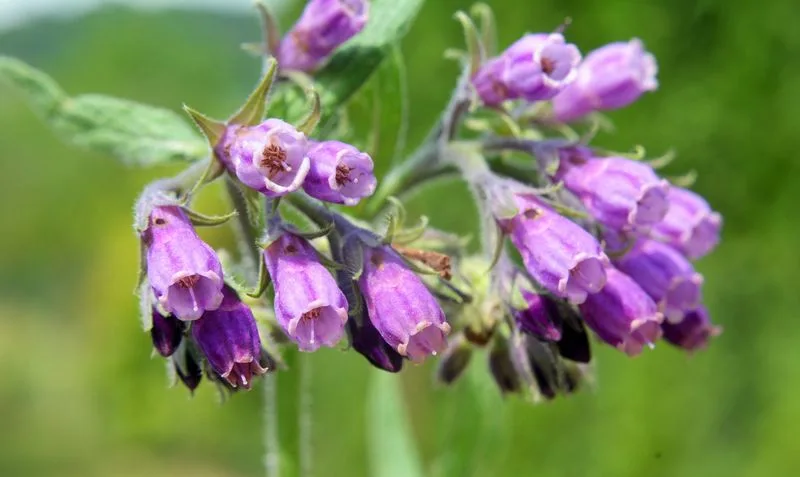
Comfrey, known for its medicinal properties, is a perennial herb with large, hairy leaves. Traditionally used to heal wounds, it also enriches compost piles with nutrients.
Comfrey has been used since ancient times, valued for its therapeutic benefits. Its roots and leaves contain allantoin, promoting cell growth and repair.
This vigorous plant thrives in moist, fertile soil, returning stronger each year. While not commonly eaten, it’s a valuable addition to any permaculture garden.
Good King Henry
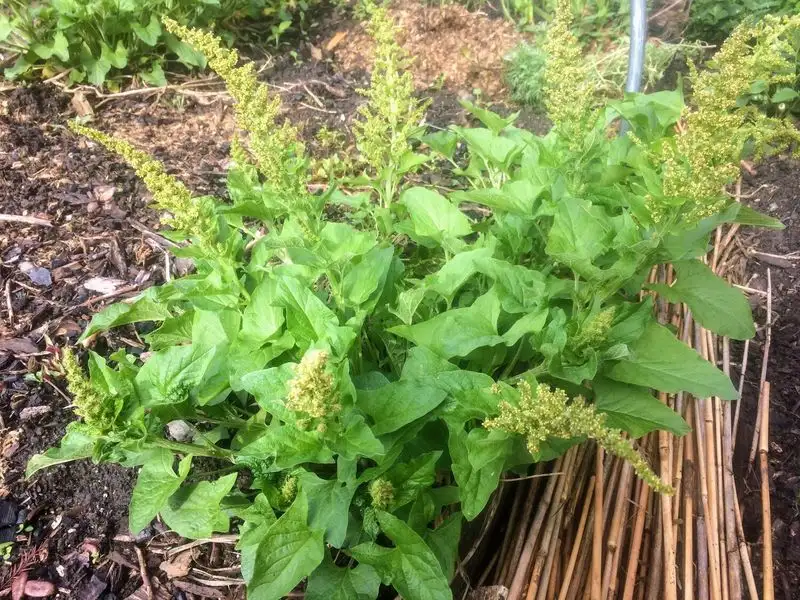
Good King Henry, with its spinach-like flavor, is a perennial vegetable that thrives in shaded areas. Its tender leaves and shoots are an old-fashioned favorite in cottage gardens.
Once a staple in medieval Europe, Good King Henry fell out of favor but is now making a comeback. It’s appreciated for its easy-growing nature and nutritional benefits.
This plant returns each year, offering fresh greens that are both unique and nutritious.
Sea Kale
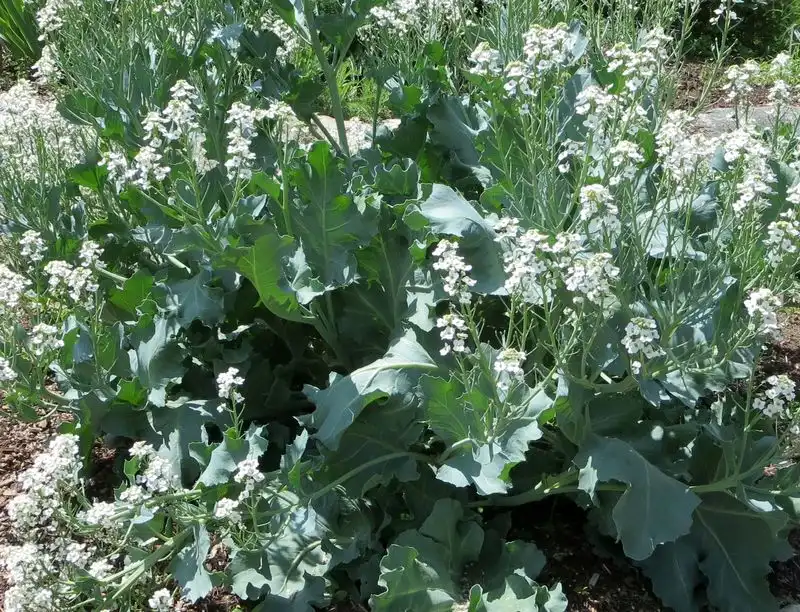
Sea kale, with its cabbage-like taste, is a perennial vegetable that thrives in coastal regions. Its broad, waxy leaves provide a salty flavor reminiscent of the sea.
Historically, sea kale was foraged along European coastlines and became popular in Victorian kitchen gardens. Its unique taste and texture are celebrated in contemporary dishes.
This hardy plant returns yearly, stronger and more resilient, offering a unique addition to the edible garden.
Walking Onion
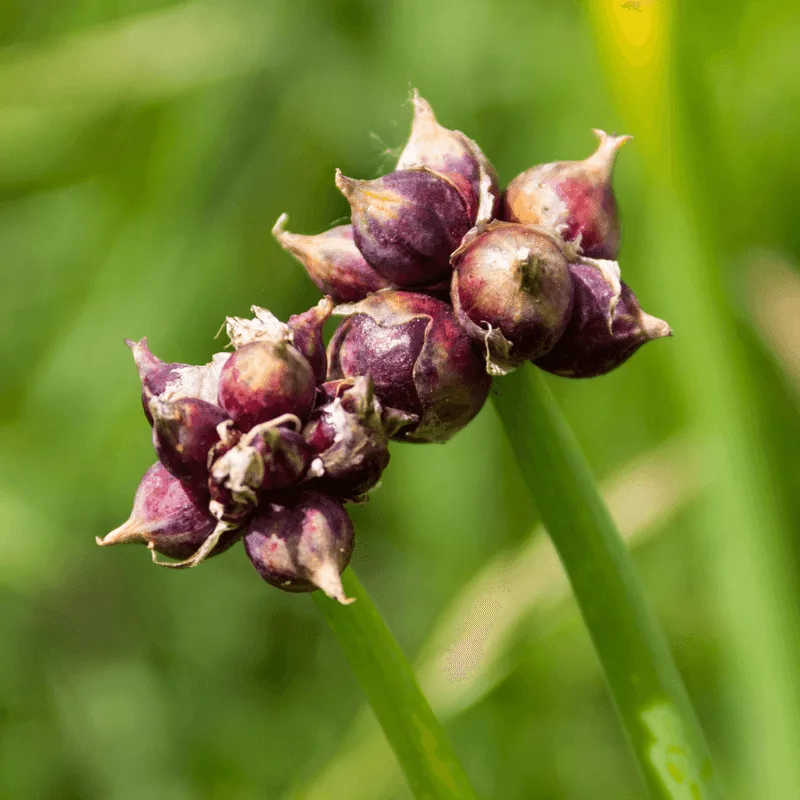
Walking onions, also known as Egyptian onions, are unique perennials that “walk” by producing bulb clusters at their tops. These clusters root when they touch the ground, creating new plants.
Originating in Central Asia, walking onions have been cultivated for their hearty flavor and ease of growth. They thrive in well-drained soil and full sun.
This quirky plant returns every year, spreading across the garden with its unusual growing habit and flavorful bulbs.
Lovage
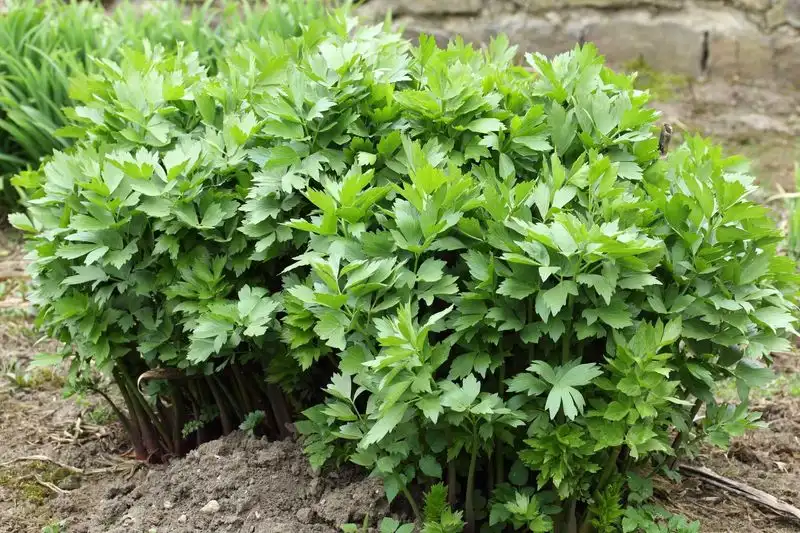
Lovage, with its celery-like flavor, is a perennial herb that enhances soups and stews. This tall plant adds height to garden landscapes and is easy to grow.
Historically, lovage was popular in Roman cooking and was believed to have health benefits. Its robust flavor and aromatic leaves make it a versatile addition to culinary creations.
Returning each year with more vigor, lovage is a must-have for herb enthusiasts and adventurous cooks alike.

